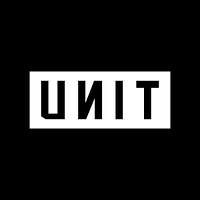The journey of Unit began in 2019, born from the shared vision of co-founders Itai Damti and Doron Somech. Having previously navigated the complexities of the financial technology world with their first venture, Leverate, they reconnected with a new, ambitious goal: to dismantle the barriers that made it so difficult for companies to embed financial services into their products. They recognized a fundamental shift in the landscape. The first wave of fintech was about unbundling, with new companies tackling singular financial products. However, the next evolution, what they termed 'fintech 2.0', was about embedding these services seamlessly into the platforms users already loved and trusted. This meant any tech company, from a vertical SaaS platform to a large enterprise, could become a fintech company, offering services like bank accounts, cards, payments, and lending directly to their customers.
This vision was not just about technology; it was about empowerment. Damti and Somech understood that for this new ecosystem to thrive, the underlying infrastructure had to be robust, compliant, and, most importantly, simple to use. They set out to build a platform that would handle the heavy lifting of bank relationships and the intricate web of regulatory compliance, allowing their clients to focus on what they do best: building exceptional products and experiences. What started as a concept quickly materialized into a powerful banking-as-a-service (BaaS) platform. Unit's modern tech stack, built on a native ledger, and its commitment to streamlined compliance and pre-built bank partnerships, allowed companies to launch financial features not in years, but in a matter of weeks. This approach resonated deeply with the market, attracting over 140 customers, from high-growth startups like AngelList and Homebase to publicly traded companies. The company's rapid growth, seeing transaction volumes soar and deposits multiply, is a testament to the power of their initial idea: to create a future where financial services are more accessible, inclusive, and seamlessly integrated into our digital lives.

